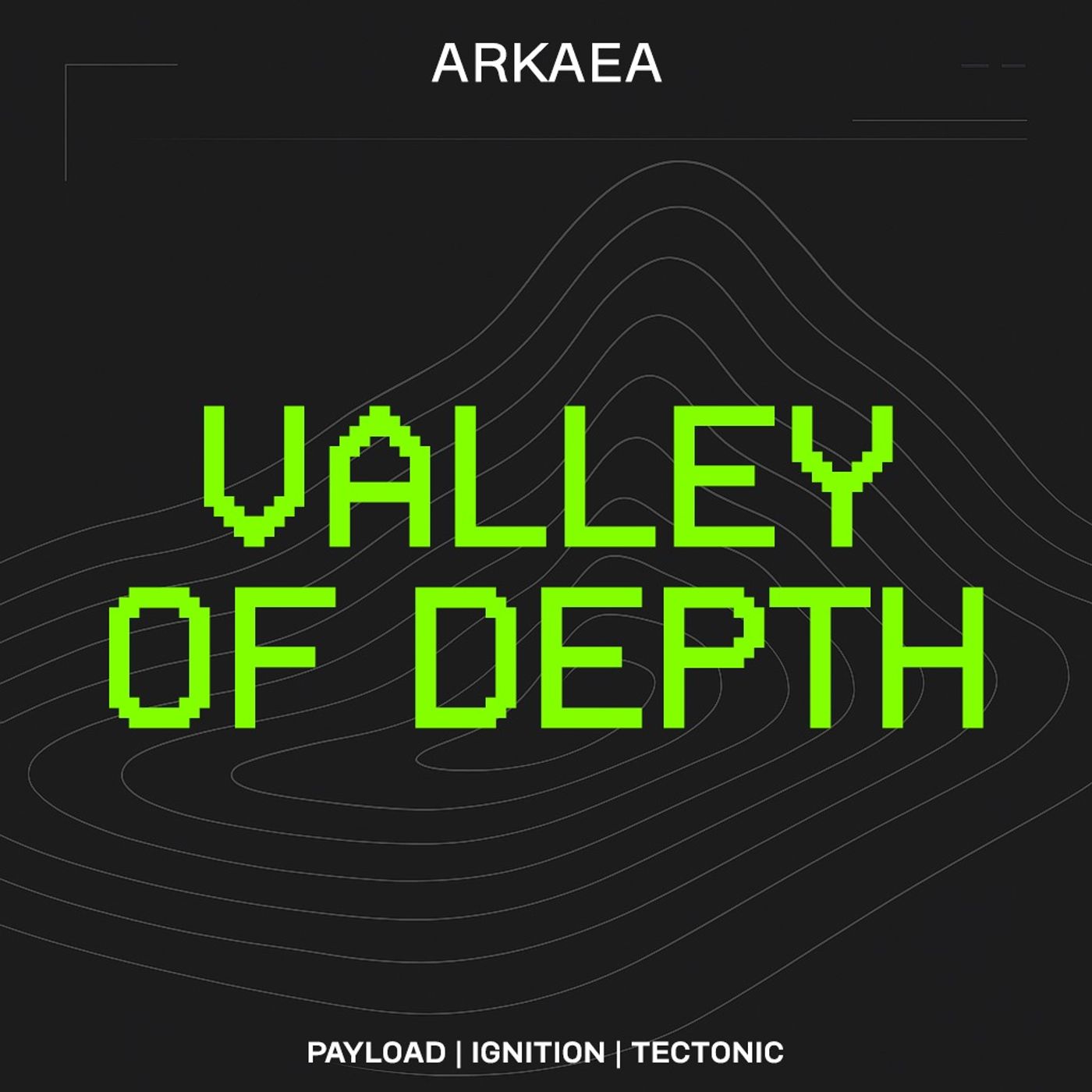Listen "Stratospheric Platforms, with Mikkel Vestergaard (CEO of SCEYE)"
Episode Synopsis
Mikkel Vestergaard isn’t a typical aerospace founder. Before building solar-powered stratospheric airships, he spent two decades in humanitarian innovation, distributing a billion malaria nets, co-creating the LifeStraw, and helping eradicate Guinea worm disease. Now, as CEO of Sceye, he’s applying that same ethos to aerospace.In this conversation, Mikkel dives deep into the origins, design, and future of High-Altitude Platform Systems (HAPS). We explore why the stratosphere is emerging as a new layer of infrastructure, filling the gap between satellites and towers, and how Sceye’s helium-filled, solar-powered airships could reshape internet connectivity, earth observation, and national security.We cover:Why Mikkel pivoted from global health to aerospaceThe engineering that makes persistent stratospheric flight possibleHow Sceye closes the “power loop” to stay aloft for monthsCommercial applications from telecom to methane detectionStrategic partnerships with SoftBank, América Móvil, and MawaridThe defense potential of HAPSThe business model behind “infrastructure as a service”What it takes to build investor conviction around a platform that feels left-field• Chapters •00:00 – Intro01:52 – Life before Sceye02:51 – Work at Lifestraw06:31 – What is Lifestraw?07:50 – Making the pivot from global health to aerospace and working at Sceye10:52 – HAPS or High-Altitude Platform Systems12:25 – Why choose a balloon over a fixed wing aircraft?14:04 – Types of payloads16:06 – Not Hindenburg 2.016:48 – How Mikkel's earlier material science experience shaped Sceye's design decisions18:09 – Pitching Sceye to investors19:16 – Common misconceptions of stratospheric platforms20:41 – What can HAPS do for the telecommunications industry?25:03 – How many HAPS would we need to provide global coverage?25:24 – Sceye's equity investor partners26:00 – When Sceye will be fully commercialized28:34 – Other use cases31:33 – Advantages over satellites32:34 – National security use cases33:31 – The business model of HAPS34:52 – Sceye's next iteration of customers35:40 – How Sceye is building their team36:56 – Manufacturing process and scaling37:53 – Capital to scale38:25 – What keeps Mikkel up at night39:38 – What does success to Sceye look like • Show notes •SCEYE’s website — https://sceye.com/Mo's socials — https://twitter.com/itsmoislamPayload’s socials — https://twitter.com/payloadspace / https://www.linkedin.com/company/payloadspaceIgnition’s socials — https://twitter.com/ignitionnuclear / https://www.linkedin.com/company/ignition-nuclear/Tectonic’s socials — https://twitter.com/tectonicdefense / https://www.linkedin.com/company/tectonicdefense/Valley of Depth archive — Listen: https://pod.payloadspace.com/ • About us •Valley of Depth is a podcast about the technologies that matter — and the people building them. Brought to you by Arkaea Media, the team behind Payload (space), Ignition (nuclear energy), and Tectonic (defense tech), this show goes beyond headlines and hype. We talk to founders, investors, government officials, and military leaders shaping the future of national security and deep tech. From breakthrough science to strategic policy, we dive into the high-stakes decisions behind the world’s hardest technologies.Payload: www.payloadspace.comIgnition: www.ignition-news.comTectonic: www.tectonicdefense.com
 ZARZA We are Zarza, the prestigious firm behind major projects in information technology.
ZARZA We are Zarza, the prestigious firm behind major projects in information technology.
